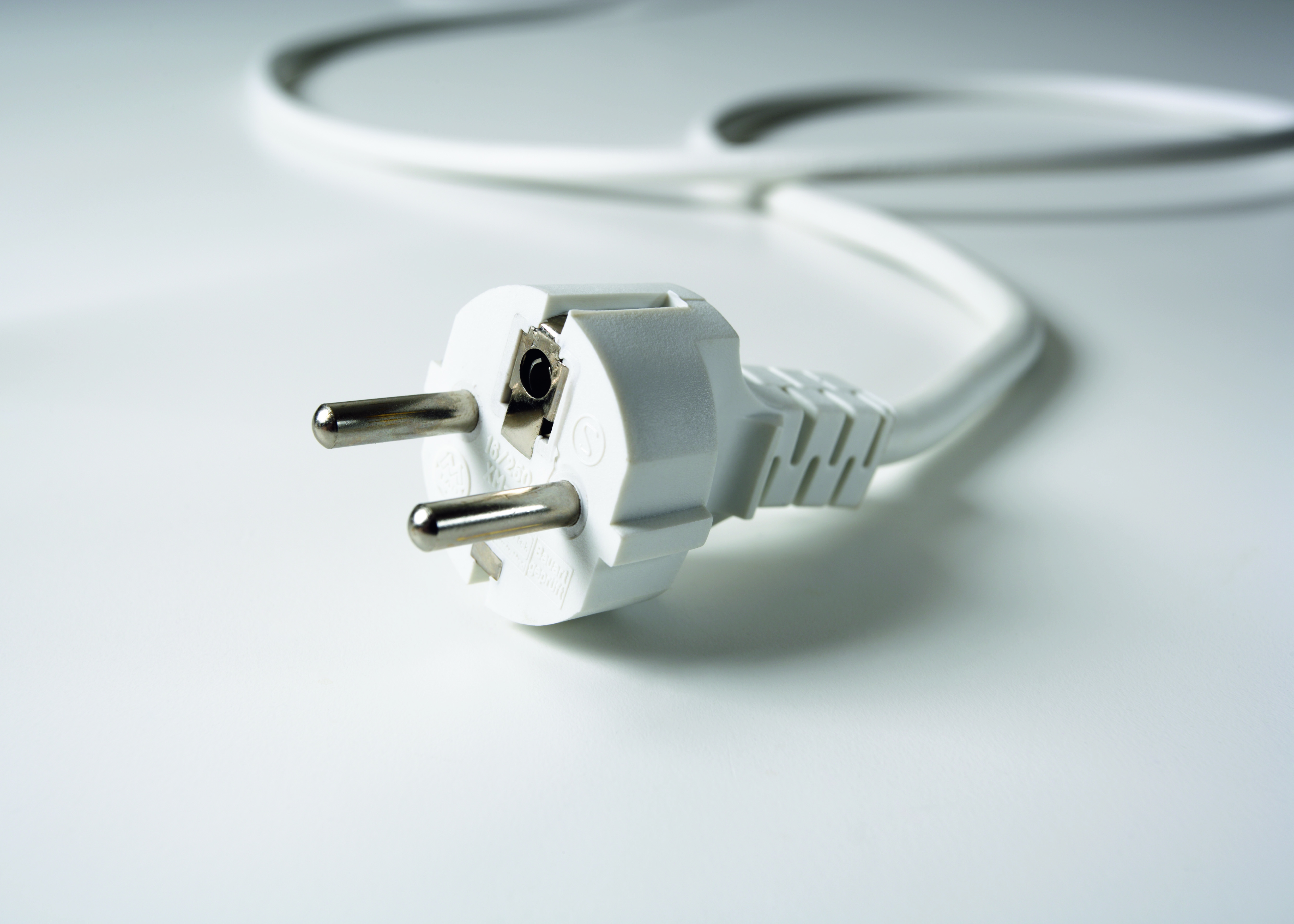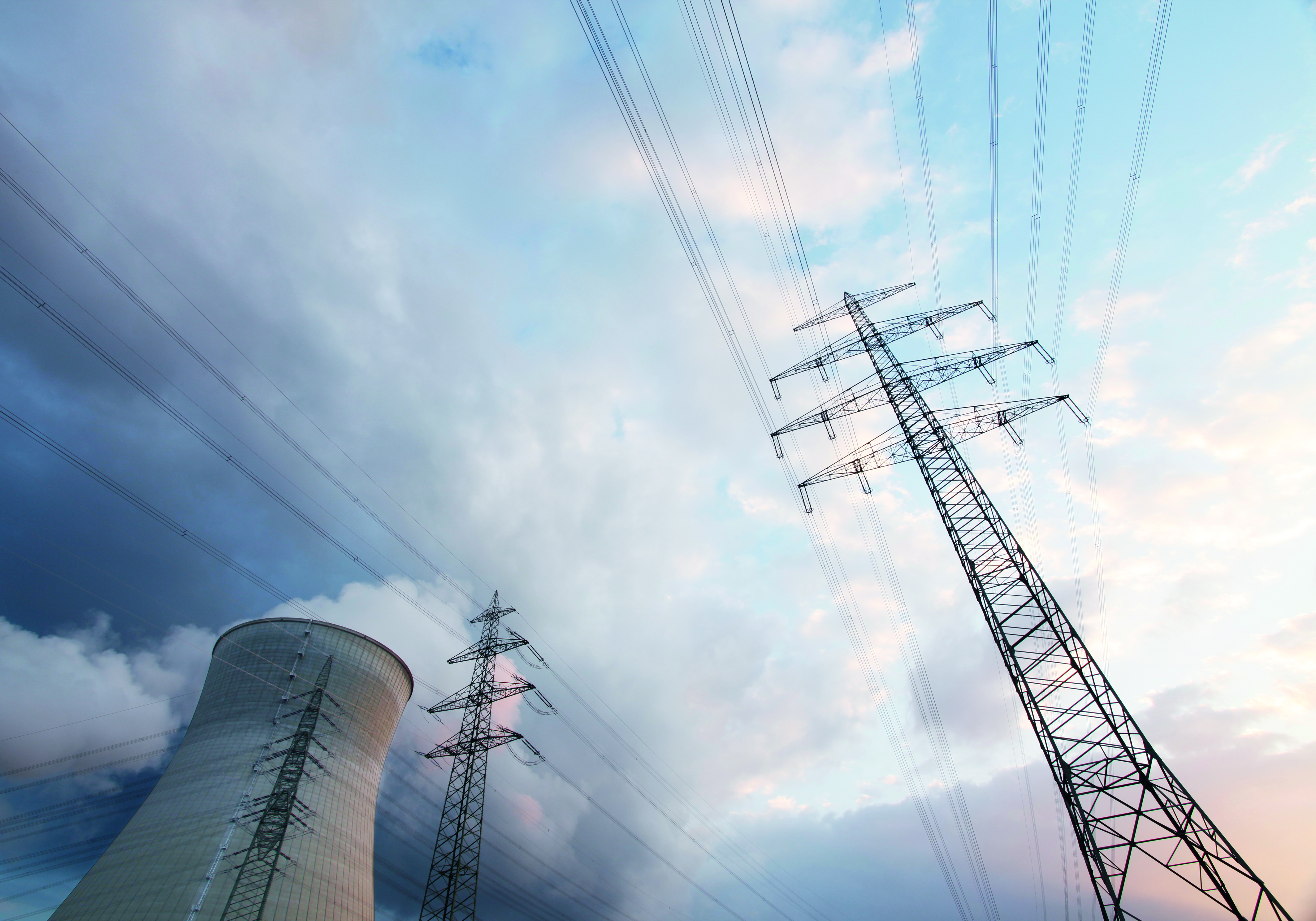Energy Efficient Systems, Sensors and Sensor Systems
Micro-energy harvester for self-sustaining, integrated chip systems
Fraunhofer IPMS is starting the two-year CONSIVA research project focusing on the development of micro-energy harvesters for self-sustaining, integrated chip systems. The use of novel piezoelectric materials in vibration- based harvesters can drastically reduce their size and significantly prolong operation time. This paves the way for the use of previously unachievable medical implants and ever smaller wireless sensor systems.


Many areas of life today already depend on the reliable, fully automated operation of miniaturized systems. For example, secure operation of sensor systems in industrial facilities is essential for timely fault analysis. In the future, the networking of complex devices, most of which have been previously powered via electrical lines or batteries, will play an even greater role. Because these concepts can only be used to a limited extent for site-independent networks or poorly accessible sensor positions, technology developments such as energy harvesting are urgently needed to provide an alternative energy supply.
Vibration-based harvesters – self-sustaining energy supply thanks to piezoelectric materials
Energy harvesters can supply self-sustaining microsystems by collecting small amounts of energy from sources such as ambient temperature, light irradiation, or vibration. Vibration-based harvesters, in particular, convert existing kinetic energy from the environment into electrical energy. Piezoelectric materials are especially suitable for the development of vibration-based harvesters by the direct mechanical-electrical conversion principle. In the CONSIVA research project, the piezoelectric coefficient and the application potential of thin layers of hafnium dioxide will be evaluated at the Fraunhofer IPMS-Center Nanoelectronic Technologies (CNT) in Dresden. This material has ferroelectric and therefore piezoelectric properties and is qualified in microelectronics. Due to its high dielectric constant, it is already used in modern field-effect transistors.
In addition to the material development and the electromechanical characterization of active test structures, a harvester layout adapted to hafnium dioxide by means of simulations is to be conceptualized at the CNT. On the basis of these designs, Fraunhofer scientists want to illustrate new, concrete application scenarios for micro-energy harvesting. „Over the past few years, we have been able to gain extensive experience with the manufacturing, integration, and optimization of ferroelectric hafnium dioxide for the most up-to-date storage applications. We see great potential to successfully use these experiences, especially in the field of energy harvesting. Thanks to these novel piezoelectric materials, we can decisively advance the miniaturization of vibration-based harvesters,” explains Dr. Wenke Weinreich, group leader at Fraunhofer IPMS-CNT.
Self-sustaining microsystems have potential in a wide range of applications
The main fields of application for self-sustaining microsystems are found in medical and wireless sensor technology. The findings from the implementation of micro-energy harvesting technology can also be transferred to other fields of application in the Internet of Things.
The project is funded by the Development Bank of Saxony.
Last modified: